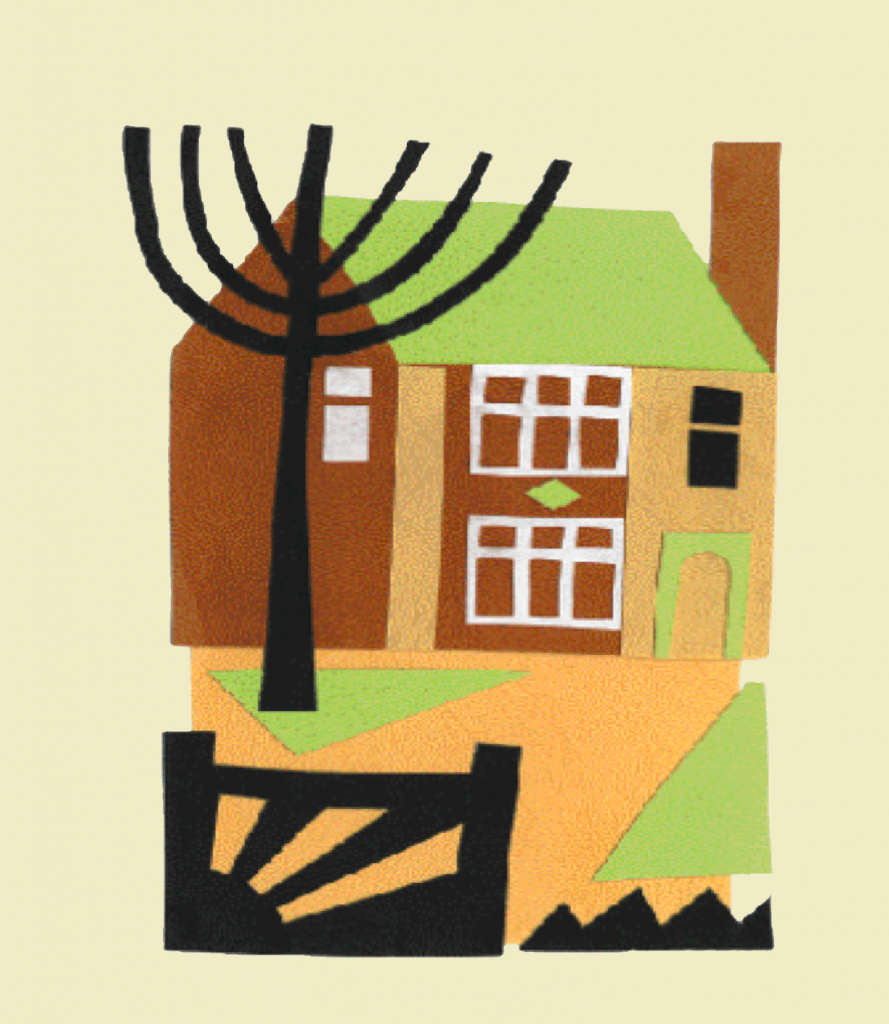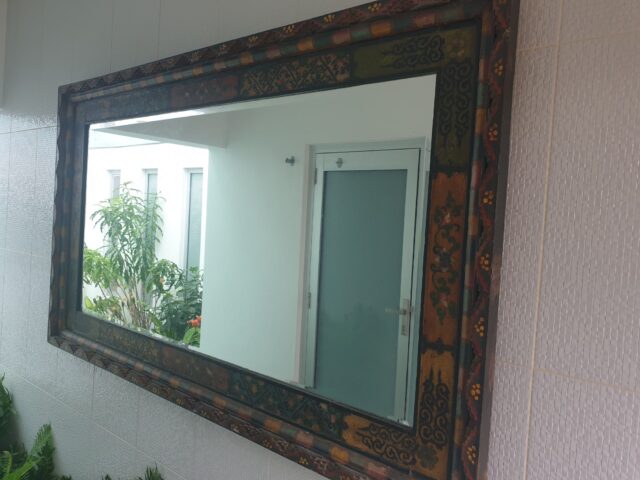This month we continue our series examining the basics of the complex subject of feng shui
Did you know that the location of your home is just as important in feng shui terms as the way in which you arrange the interior?
And that the year in which you were born is very significant in terms of your own personal use of feng shui? This month we look at this in more depth and also give you some hints on how to enhance your home using some feng shui secrets.
Why Use Feng Shui?
You don’t have to believe in feng shui for it to work. Feng shui can have a very positive effect on your life if it is followed carefully and correctly – though it can work against you if not implemented properly. There are many basic changes you can make which can greatly enhance the particular areas of your life which you may feel need attention. It helps if the area immediately surrounding your dwelling symbolically corresponds with the classic feng shui location but it is equally important to arrange the interior of your home according to feng shui principles.
Feng Shui Outside The Home
The shapes, sizes and contours of physical landscapes are essential to achieving good feng shui outside the home. Landscape or Form School feng shui focuses on this and the relationship between a dwelling and the physical exterior formations. The four main compass points North, East, South and West are symbolised in feng shui by four Celestial Animals, the White Tiger, the Green Dragon, the Black Turtle and the Red Phoenix.
The ideal location for a home would be one which is supported from behind by a large hill (the Black Turtle), with an ‘armchair’ formation of hills on either side, those on the East side (the Green Dragon) being higher than those of the West (the White Tiger). In front of the dwelling, gently flowing water enhances the Red Phoenix and the combination of all these features would give the perfect feng shui location for a home.
The four Celestial Animals
| Animal | Direction | Element |
| The White Tiger | West | Metal |
| The Green Dragon | East | Wood |
| The Black Turtle | North | Water |
| The Red Phoenix | South | Fire |
Your Best Directions
Each person has a set of individual Directions which govern the use of feng shui in their lives. In order to obtain these Directions, it is first necessary to calculate your Kua number (see box on page 20). Once you have done this, it is easier to see how and where changes should be made in order to enhance your luck.
Pronounced ‘fung shway’ (and literally meaning elemental ‘wind and water’) this Chinese tradition combines ancient belief with architecture, landscaping and interior design; its aim is to find or create the best environment in which to live and work to your fullest potential

Interior Feng Shui
If ch’i flows harmoniously in the home, you have good feng shui. If there are areas of blocked or stagnant ch’i, then the areas of your life which correspond to these locations will suffer. Our home reflect our personalities and our tastes, which we display through our use of colour, fabrics and style and the type of furniture we select. Achieving a sense of balance and harmony is all important when trying to create good feng shui and, while there are no hard and fast rules when it comes to using your own creativity, there are a few basic feng shui guidelines which can help along the way. Clearing the clutter from your environment will help increase the flow of ch’i, using light, sound, water and wind cures can energise or calm the flow of ch’i in specific areas and choosing appropriate colours can enhance the feng shui of a dwelling.
| Colour | Association | Compass Direction | Ideal Location |
| Green | growth, harmony, nature, tranquility, family | South–east | living room/bedroom |
| Red | passion, stimulation, fire, power, fame | South | – |
| Yellow | wisdom, patience, mental stimulation, perspective | South–west | living room |
| Blue | tranquillity, introspection, reflection | North | bedroom/bathroom |
| White | purity, innocence, starkness | West | hallway |
| Purple | spirituality, richness, nobility | – | – |
| Pink | calming, healing, romance, happiness | – | bedroom |
How To Calculate Your Kua Number
Each person has a set of four auspicious Directions which will bring them good fortune and four inauspicious Directions which should be avoided. These Directions can be identified once you have calculated your personal Kua number.

| Men | Women |
| Add together the last two digits of the year of your birth ie, 1949 = 4 + 9 = 13 If the figure you have equals 10 or more, add the digits again to reduce to a single number ie, 1 + 3 = 4 Now subtract this figure from 10 ie, 10 – 4 = 6 Therefore your Kua number is 6 | Add together the last two digits from the year of your birth ie, 1975 = 7 + 5 = 12 If the figure you have equals 10 or more, add the digits again to reduce to a single number ie, 1 + 2 = 3 Now add 5 to your number i.e. 5 + 3 = 8 If you get 10 or more, add together to reduce to a single digit. Therefore your Kua number is 8 |
![]()
SPONSORED






